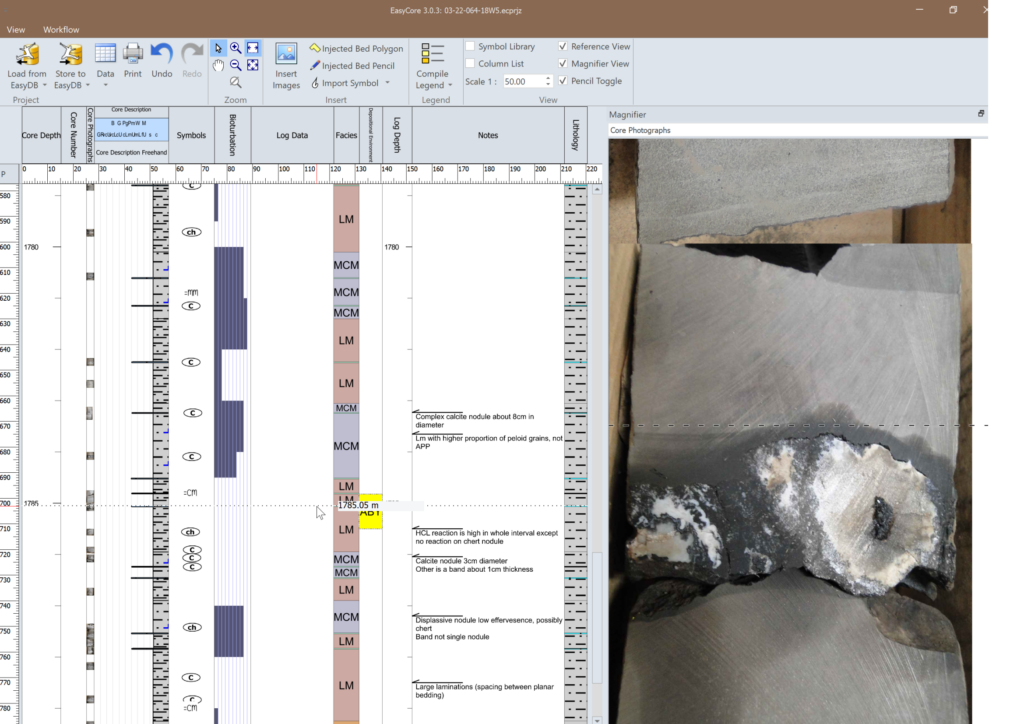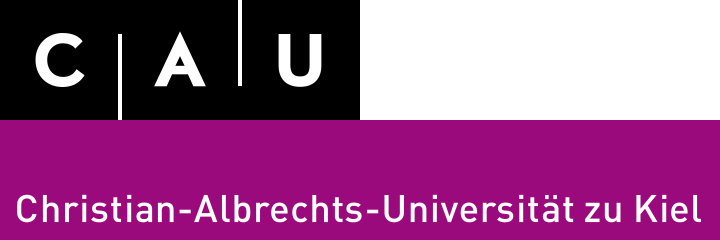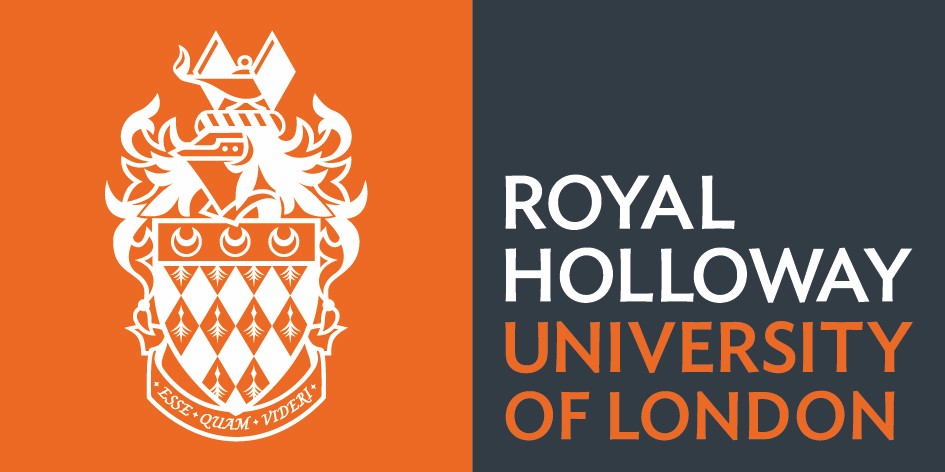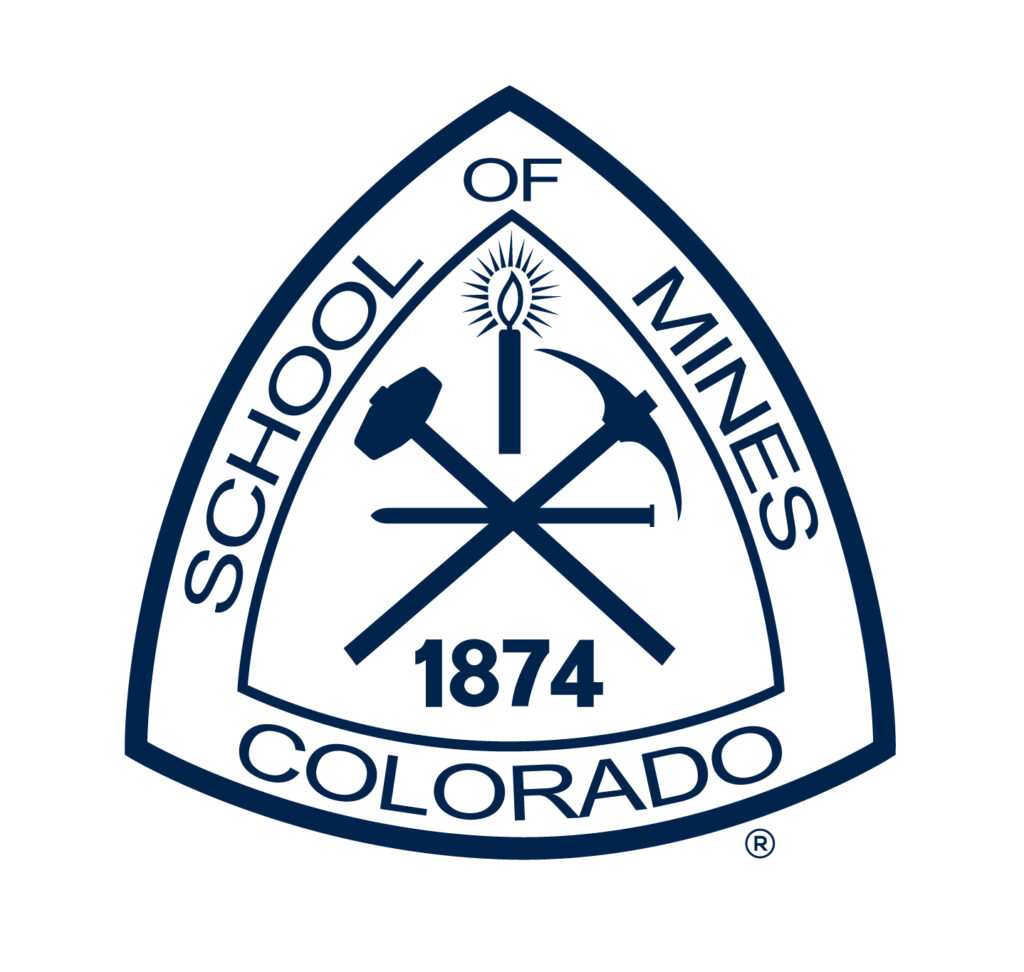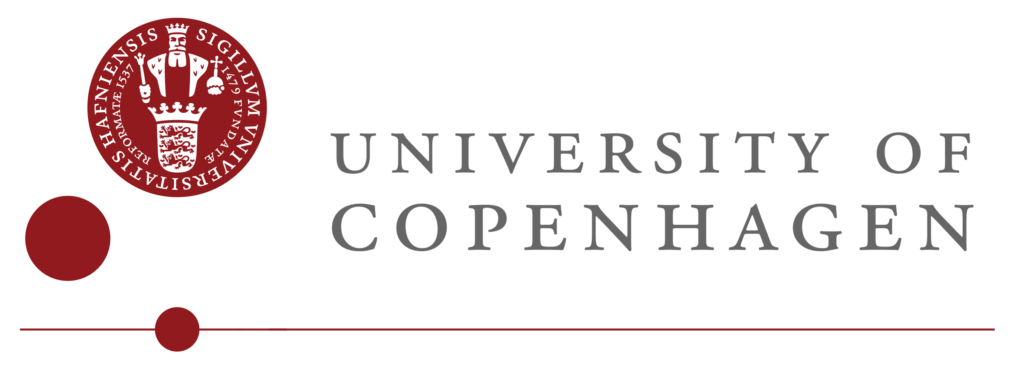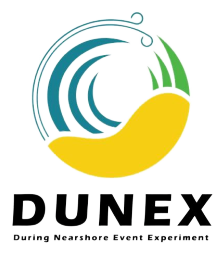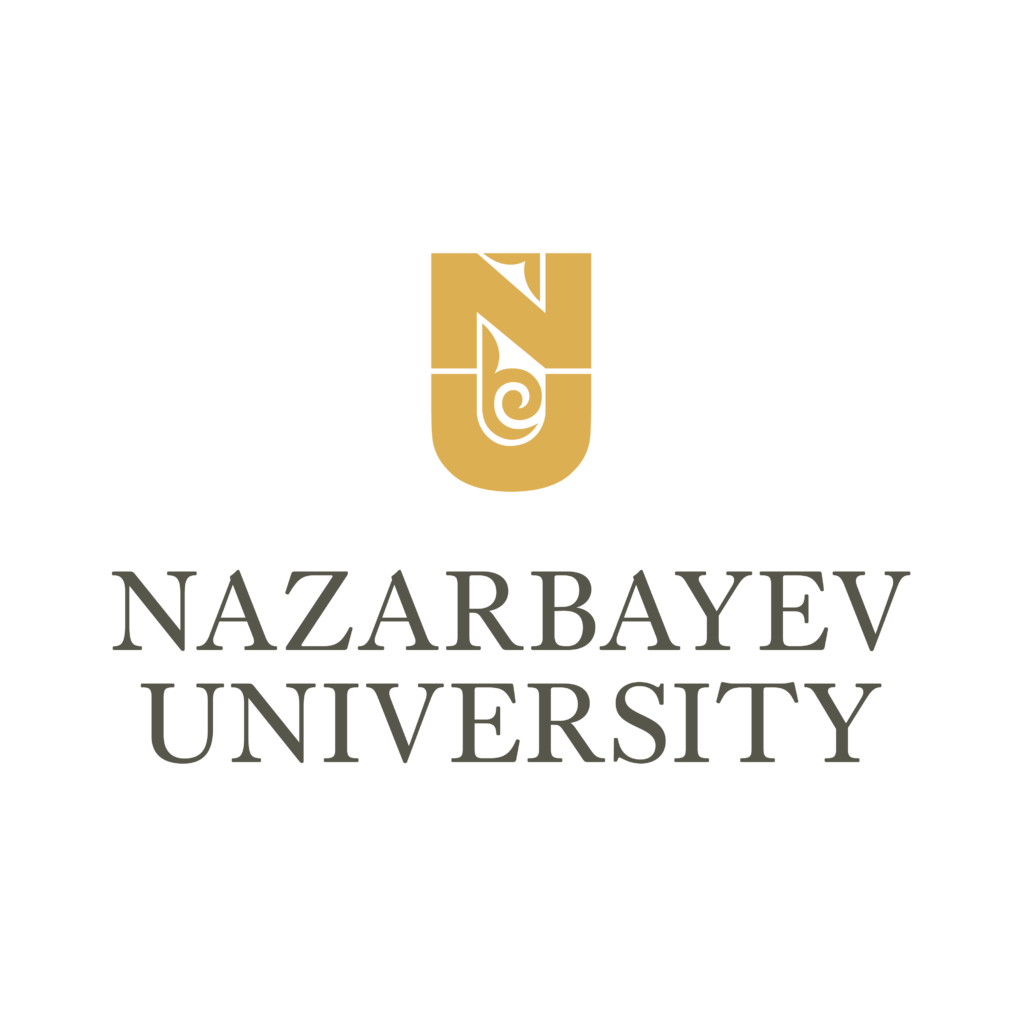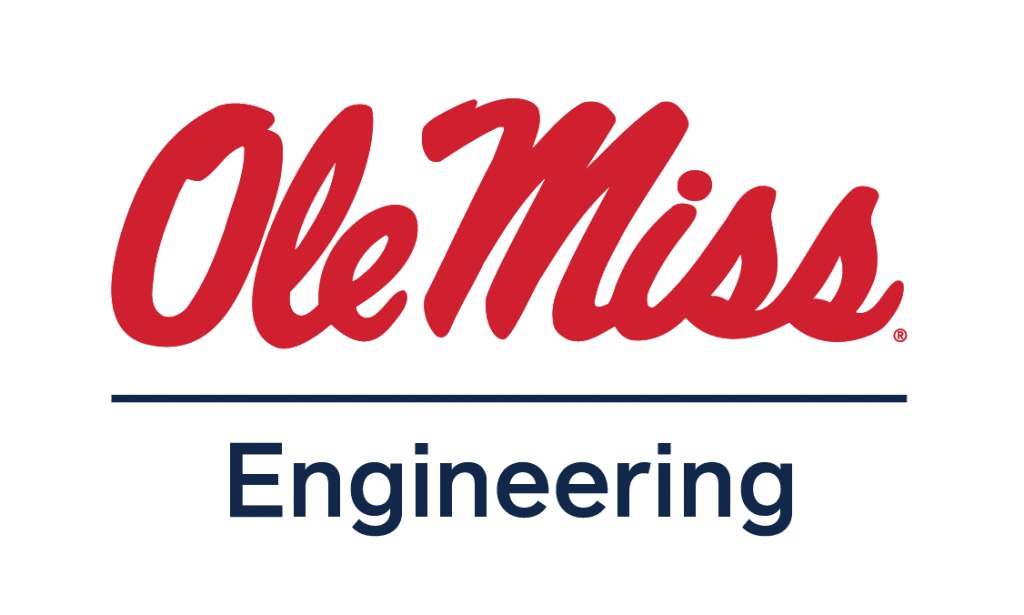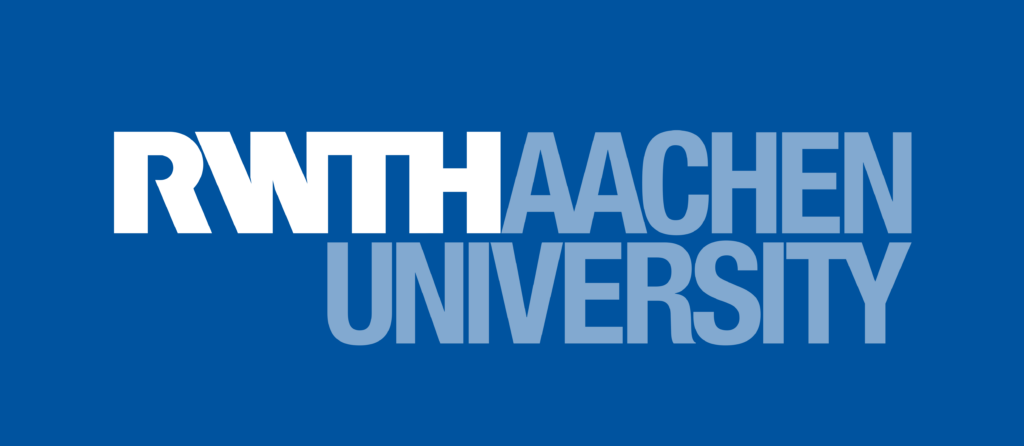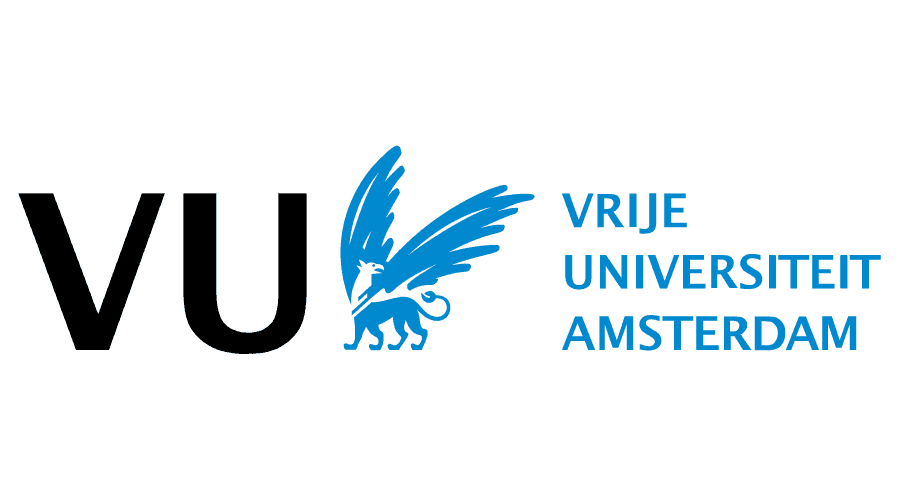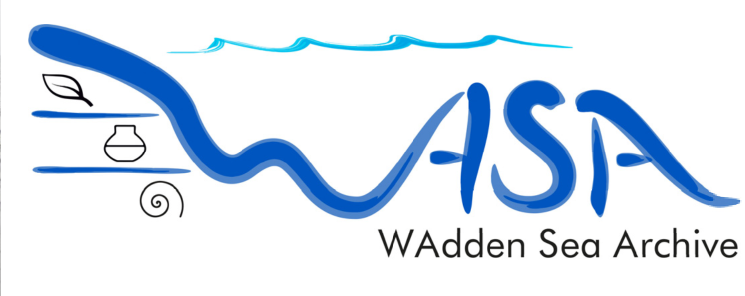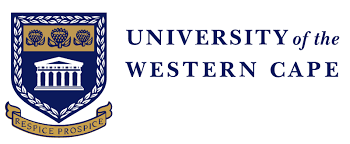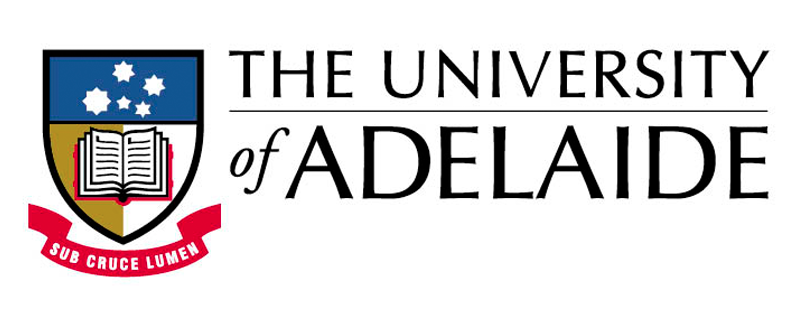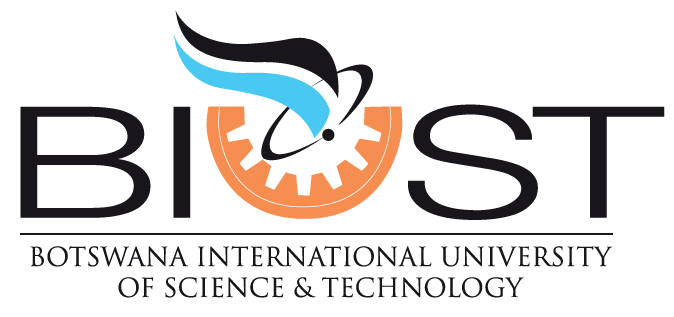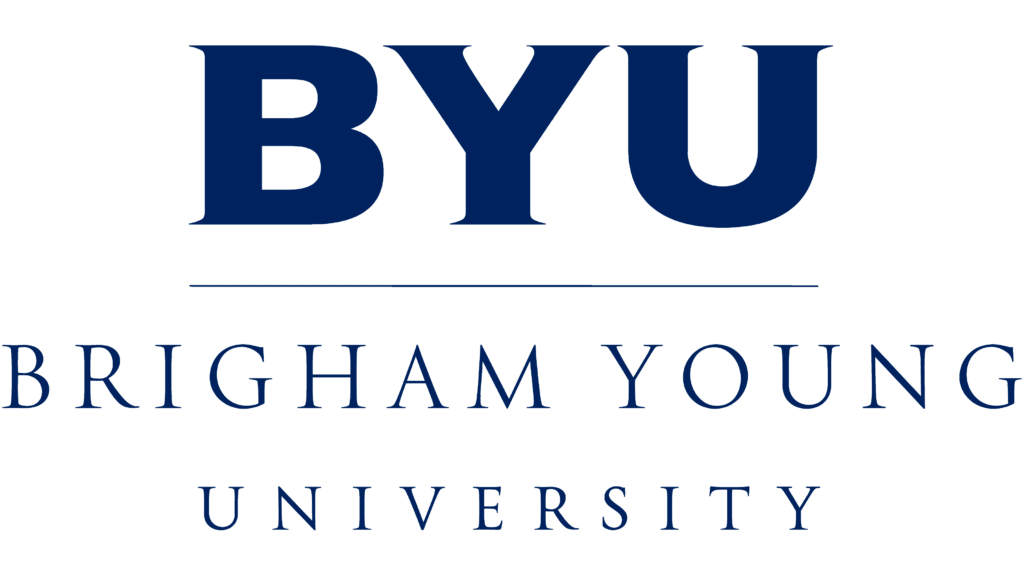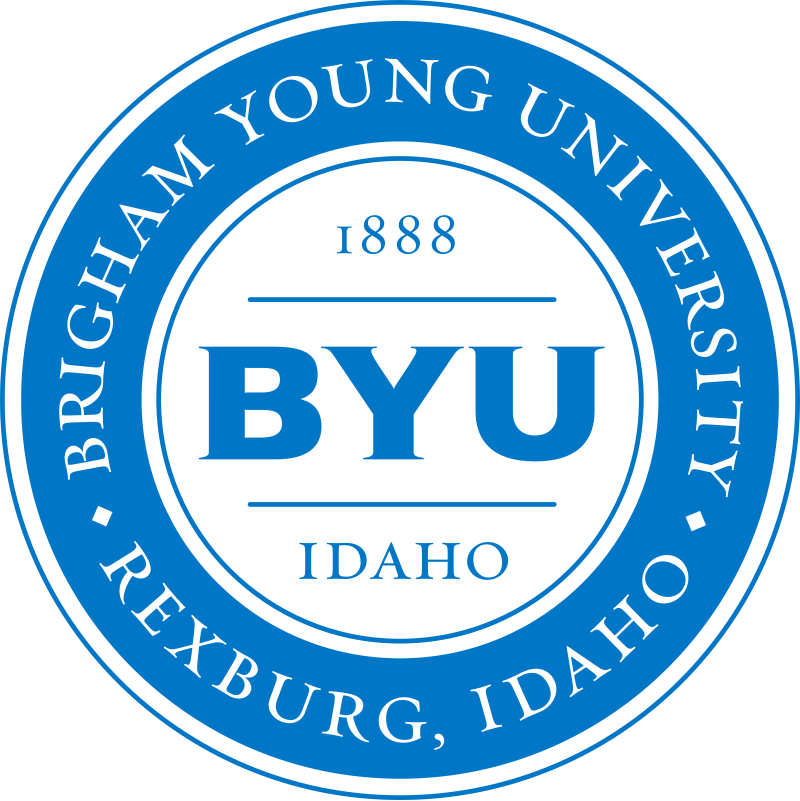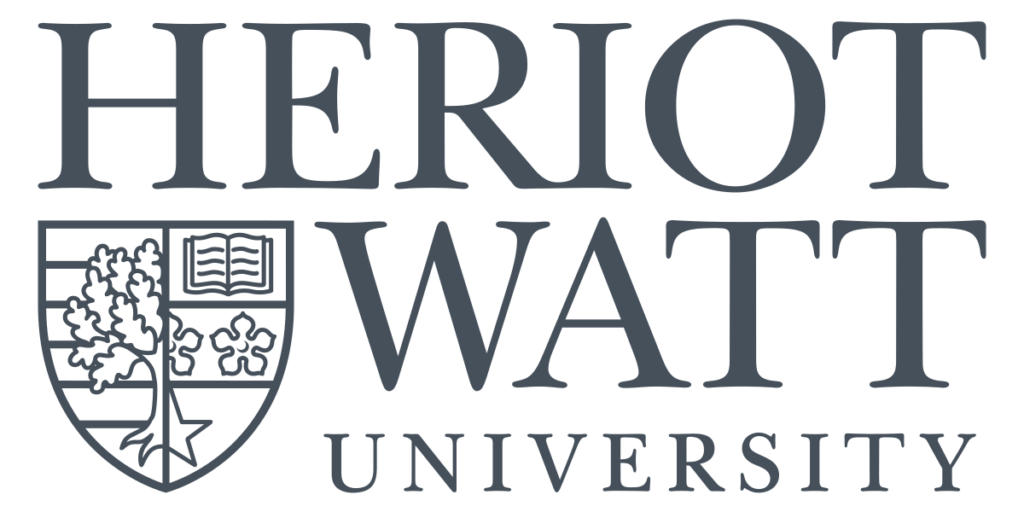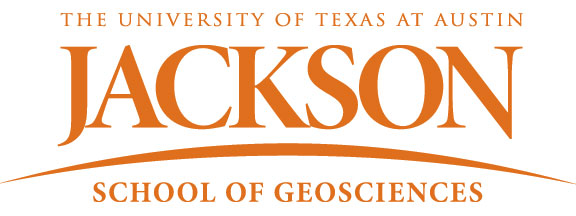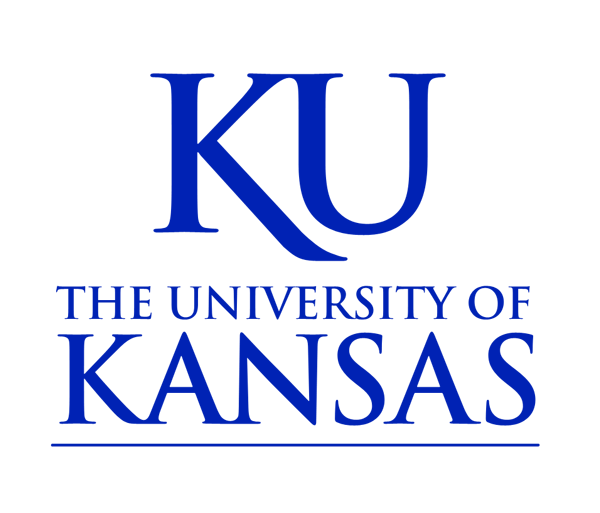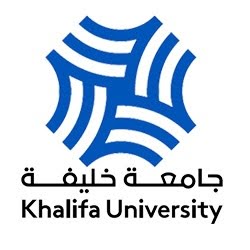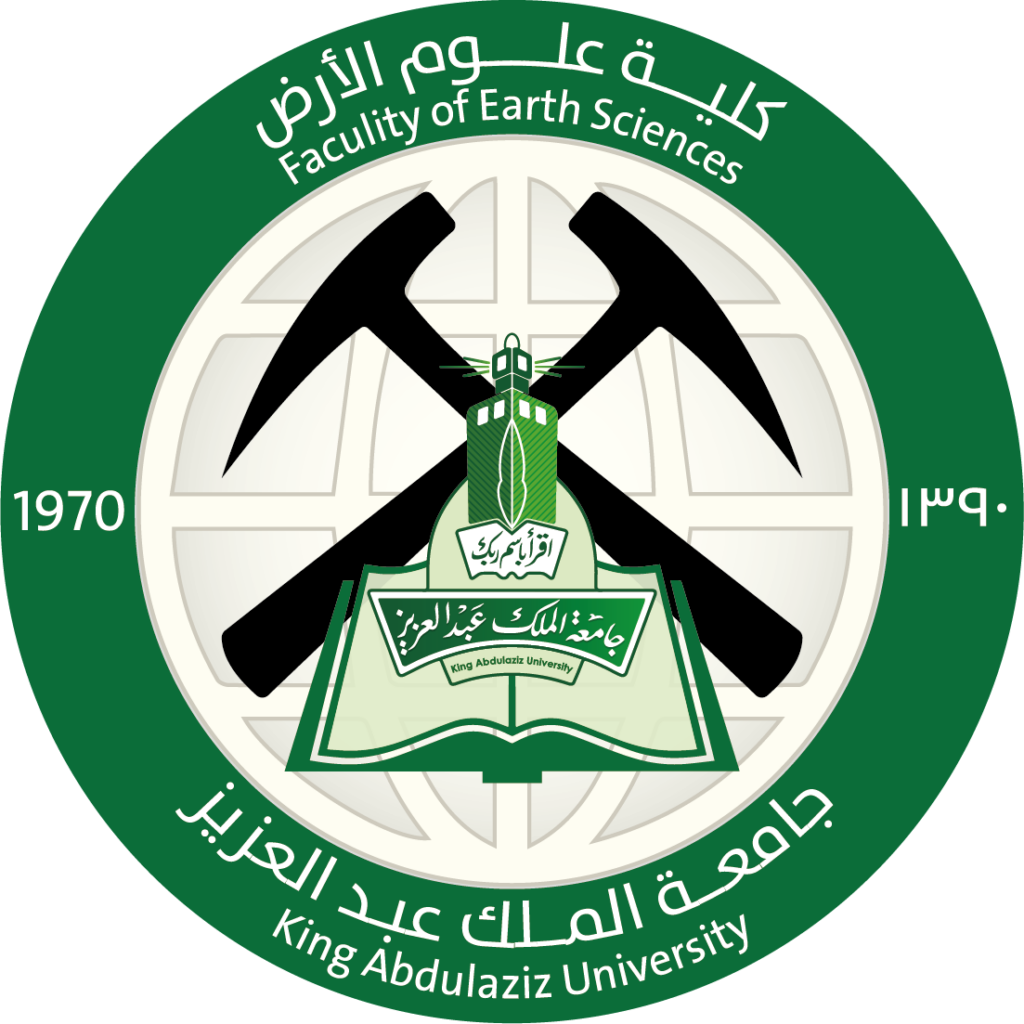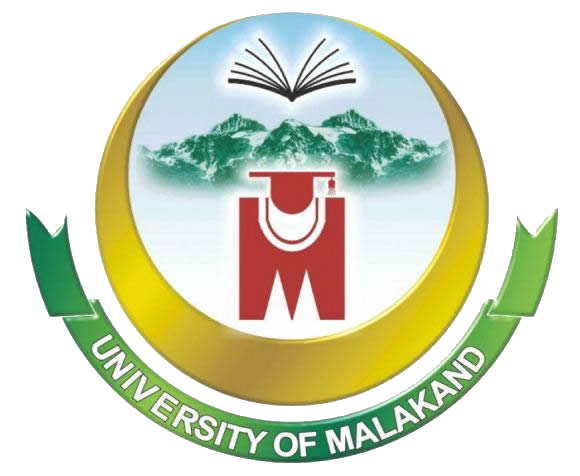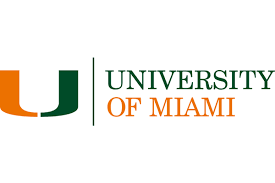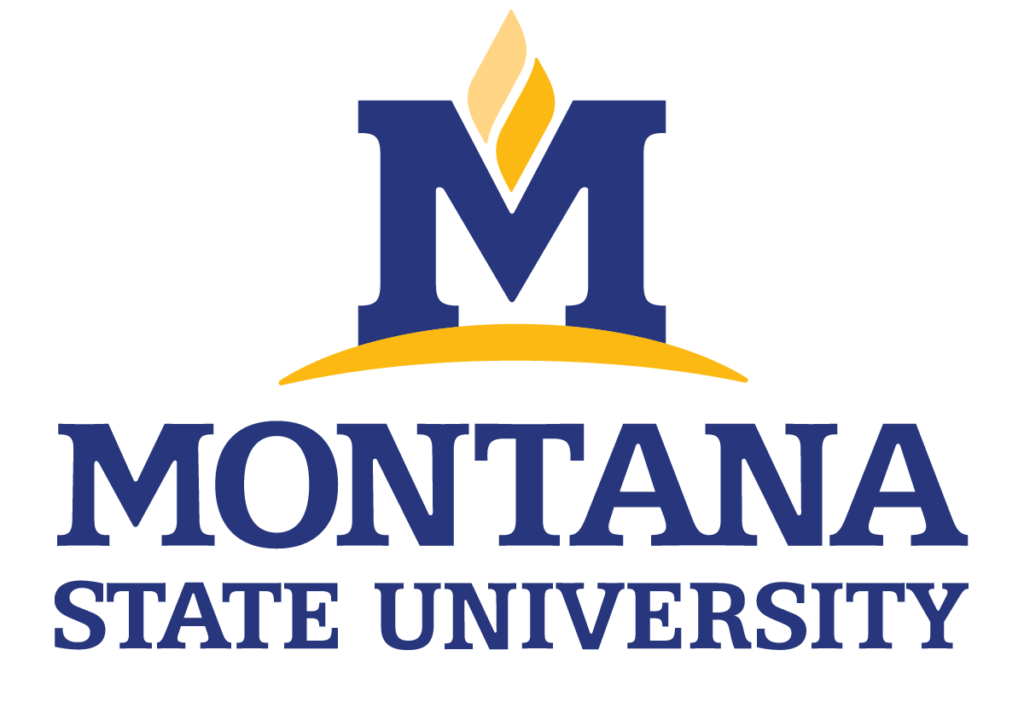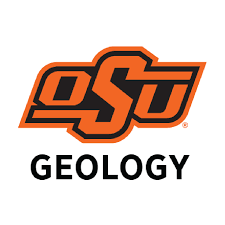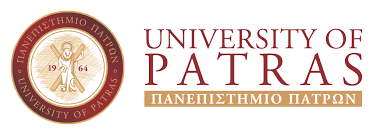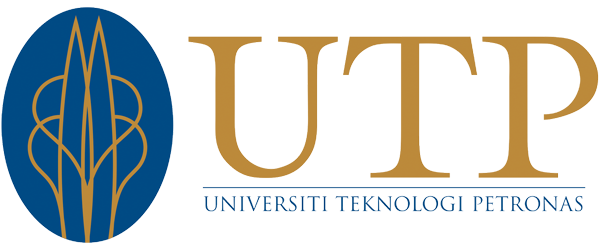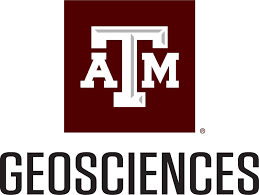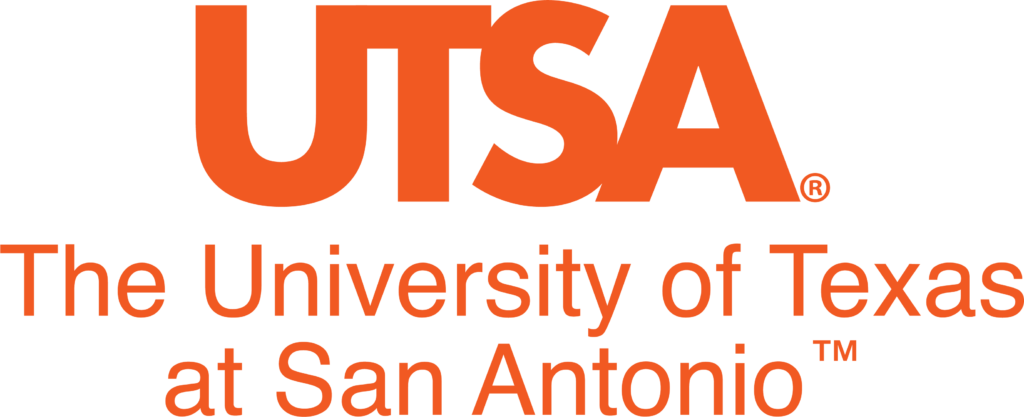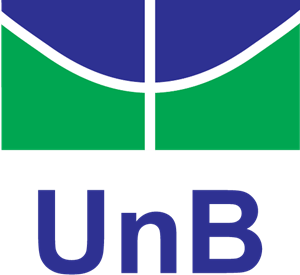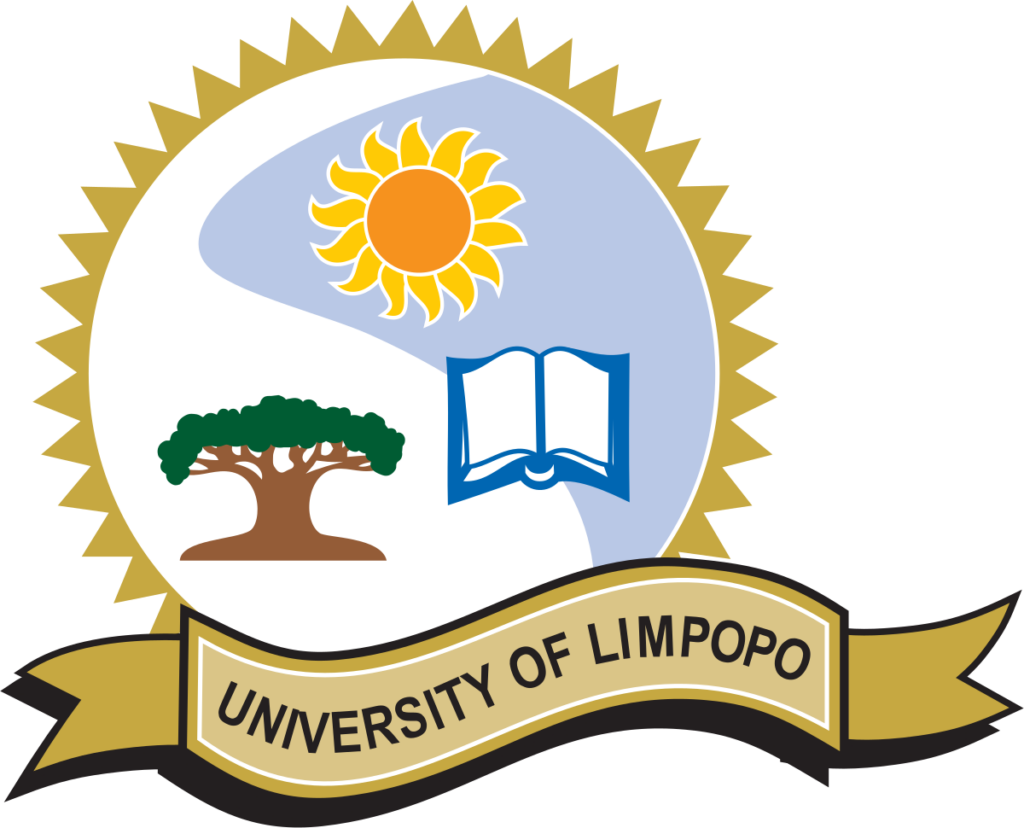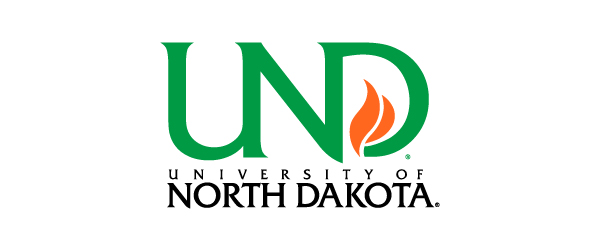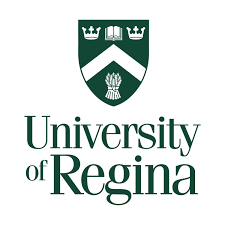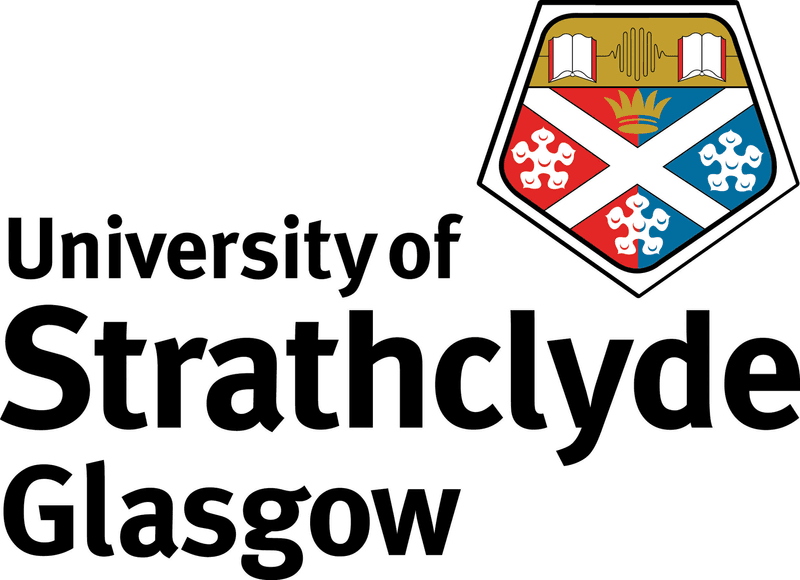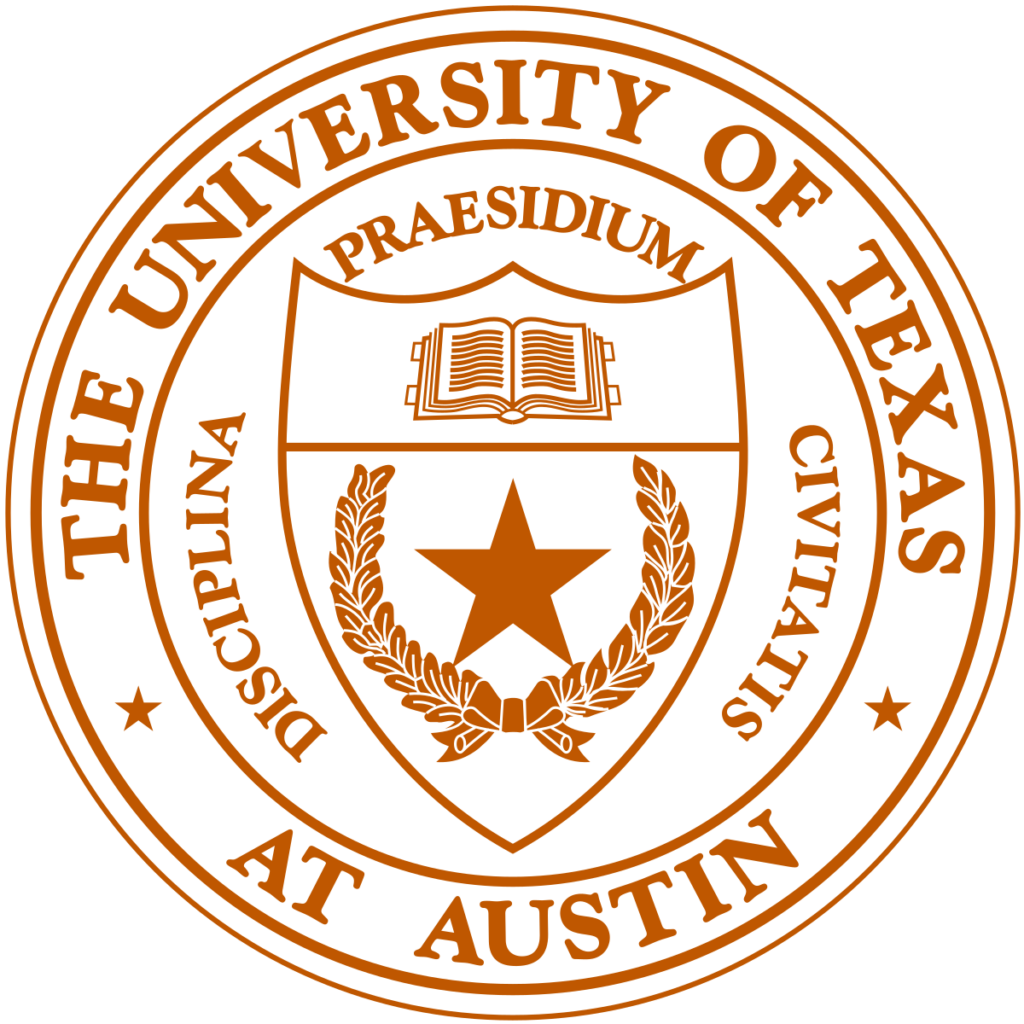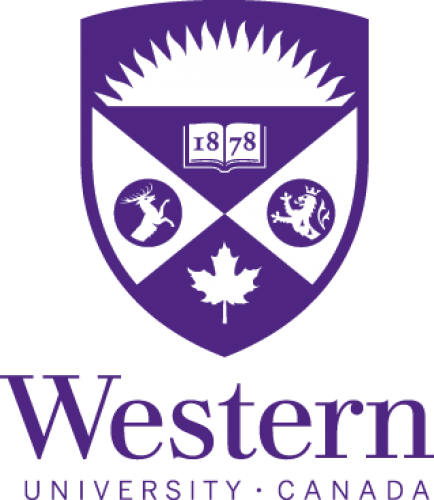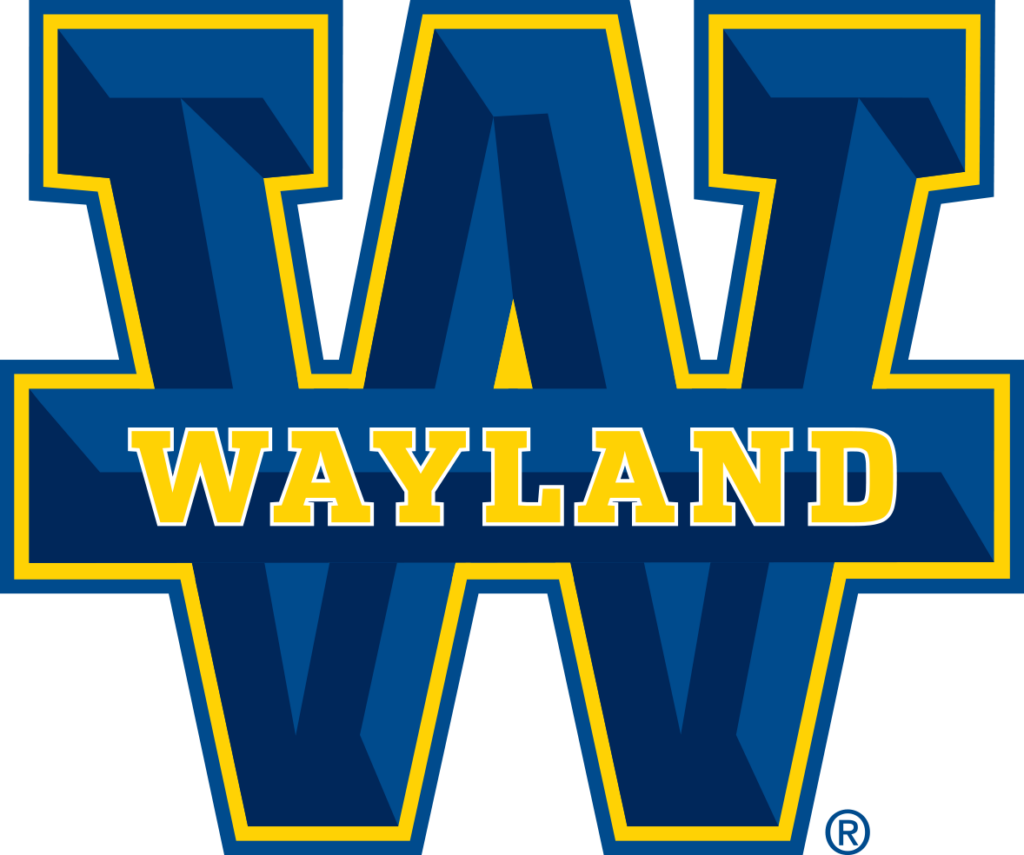- Academics
Academic Projects
Get inspired by other Universities
We’re excited to connect and share information on sedimentological or depth-registered projects using EasyCore and EasyCopy. Our goal is to provide inspiration and resources for academic research, including non-commercial studies, Master and PhD theses. We welcome submissions of published documents and web links to feature on our page.
How to get an academic license?
- Check in the list below to see if your university is enrolled in the Academic Program.
- Register with an approved university e-mail address.
- Download and install the programs
- Run EasyCore and EasyGraphiX and request Academic licenses, Only from the software interface.
Please contact sales@myeasycopy.com for enrollment.
Aristotle University Thessaloniki AUTH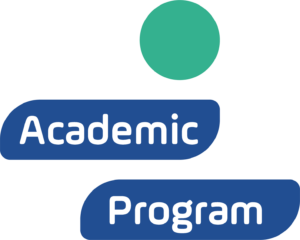
One more time, thank you very much for giving us the opportunity to become familiar with an excellent software.”
Angelos Maravelis, Assistant professor
Bahria University
Adeeb Ahmed, Senior Lecturer, Department of Earth & Environmental Sciences, 2023
CAU Kiel University
“Visualizing core and outcrop analysis is an essential task for most geologists. It is often the first and crucial step for the integration of sedimentological information with geophysical logging and seismic data in a core-to-seismic workflow. We are therefore happy to train our students in this important skill already at the BSc-level using EasyCore and EasyCopy. One of the benefits is that they are able to use the software for their own thesis work under an academic license agreement. This way all the data acquired by different student projects can be archived and plotted following standardized criteria.”
Lars Reuning, Senior Lecturer, Institute of Geosciences – CAU Kiel University
Royal Holloway University of London
“I have now finished the MSc Petroleum Geoscience programme culminating in a symposium held at Royal Holloway University of London in early September, 2018. I really wanted to make time to communicate my sincerest gratitude for your kind software donation. The use of EasyCore was tremendously helpful with efficiently making core descriptions and was very effective when integrating wireline, special core analysis and SWC data toward an interpretation of the field studied for my thesis.
The core studies were critical component of the study and without access to the physical core itself, this element would would have a great deal less practicable without the support of EasyCore, so thank you kindly once again”
Benjamin Panting, MSc Petroleum Geoscientist, Department of Earth Science
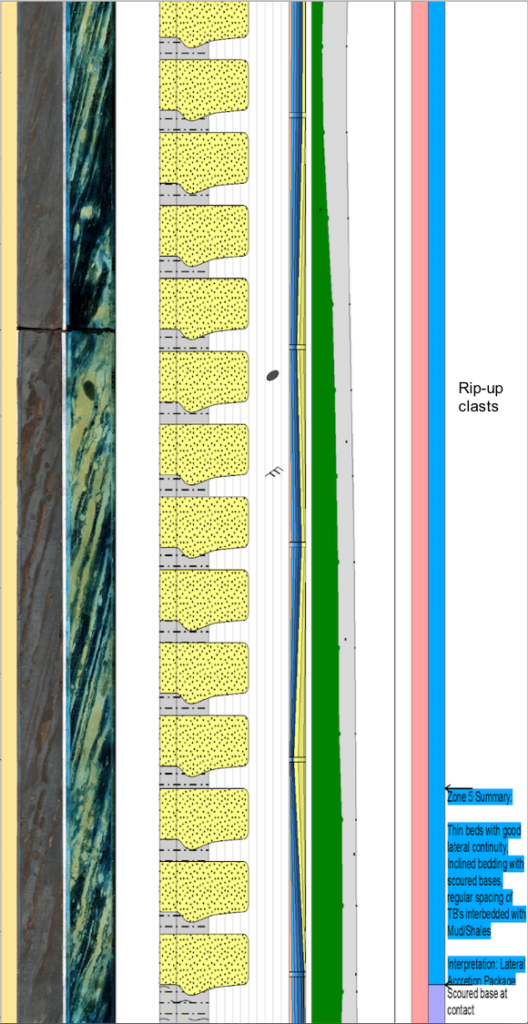
DUNEX – DUring Nearshore Event eXperiment project
“USM researchers (me and others in my lab) are a part of the DUNEX (DUNEX: DUring Nearshore Event eXperiment) project. “DUNEX is a multi-agency, academic and non-governmental organization collaborative community experiment to study nearshore coastal processes during coastal storms taking place on the Outer Banks of North Carolina”
We went out last summer and took 9 sediment cores and 17 GPR lines on 4 different overwash fans, to get a “baseline” understanding of the subsurface stratigraphy. To date, none of this data has been looked at (except one section of 1 core, see attached), but will be analyzed over the coming new year. EasyCore software was selected as the tool of choice for sediment core digitization based on a recommendation as being easy to use. Once all the cores are digitized and described, selections will be made on which cores to sample from (for things such as C-14 dating, gamma ray testing, & grain size analyses.). These digitized cores will also be cross-referenced to GPR lines for stratigraphic correlations. We also will be going back to North Carolina next year to repeat the process to determine how many storm-related overwash events occurred in ~1 year. The core description is NOT finalized but just a rough draft I have going until more complete analyses can be performed.”
Shara Gremillion, Graduate Research Assistant
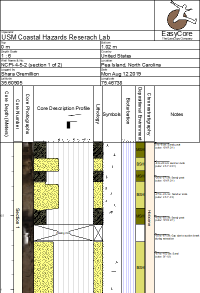
Milan University
“We have used EasyCore and EasyCopy to draw and correlate detailed stratigraphical sections of the Contessa Megaturbidites (Marnoso Arenacea Fm., Italy). 59 sections with spacing in the range 2–8 km were logged over an area extending for c. 130 km along the foredeep axis (i.e. along flow) and c. 30 km perpendicular to it. (See preview and click for full size PDF)
We started from the original paper-based field logs. Subsequently, we have scanned and digitized them using EasyCore. Once the project parameters have been defined, the work has been relatively fast. EasyCore has proven to be a very user-friendly software; it presents many tools and utilities very useful for drawing and any procedures can be customized. In my opinion, the graphic result is much higher than many other commercial software. EasyCore has also been used to create a database of the entire dataset, starting from the digitalized logs. This database was subsequently used for a statistical analysis of facies variations. Finally, Easy Copy allowed us to create correlation panels, parallel and perpendicular to the palaeocurrent direction. I consider myself very satisfied with the use of EasyCore and EasyCopy.”
Fabrizio Felletti, Associate Proffessor – Stratigraphic and Sedimentological Geology
Nazarbayev University
Milovan Fustic Geoscience professor.
“EasyCore has truly transformed the way we describe cores. Its user-friendly interface and efficient automation have significantly improved our workflow, allowing us to save precious time and achieve higher levels of accuracy. The intuitive design makes it easy for our team to navigate through the software and utilize its powerful features without any hassle.
One of the standout features of EasyCore is its ability to create detailed logs with remarkable ease. From capturing essential geological information to customizing data according to our specific requirements, EasyCore provides us with a comprehensive toolkit that empowers us to produce high-quality results efficiently.
In conclusion, we wholeheartedly endorse EasyCore for its exceptional efficiency, user-friendliness, and versatility. It has become an invaluable asset to our core description processes, and we are confident in recommending it to others seeking a reliable solution for their geological analysis needs.”
Sincerely,
Aruzhan Duisen 2nd year Geology student, Nazarbayev University
University of Oklahoma
“I would just like to say we would be very excited to have Easy Core showcase their product for our students. It is great exposure to a fabulous resource that you have generously licensed to our department, and also sets our students up for success in their research today and as they they enter into the work force.”
Carl Symcox, Ph.D. Student, ConocoPhillips School of Geology and Geophysics, President, OU AAPG
Ole Miss – University of Mississippi –  Engineering and Geology
Engineering and Geology
“I want to thank Leslie Friedrich for giving me the opportunity to utilize EasyCopy and EasyCore to create posters to take to the AAPG conference and for being able to use the software on my thesis: The Porosity and Permeability Distribution of The Shoal Grainstone and Thrombolitic Facies of The Smackover Formation in Little Cedar Creek and Brooklyn Fields in Southwestern Alabama”
Devin Wesley Thomas, August 2016
RWTH -Aachen University
Scientific Report: “Increased fluvial runoff terminated inorganic aragonite precipitation on the Northwest Shelf of Australia during the early Holocene” by Maximilian Hallenberger, Lars Reuning…
Journal Article: “The sedimentary record of Quaternary glacial to interglacial sea-level change on a subtropical carbonate ramp: Southwest Shelf of Australia” by Hanaa Deik, Lars Reuning, Margot Courtillat, Benjamin Petrick, Maria-Angela Bassetti
“Research in geosciences oftentimes encompasses large amounts of different datasets which have to be integrated and displayed in a comprehensive way to be understood. EasyCore offers the possibility to visualize core data in a timely fashion, while also being user-friendly. It is a valuable resource in our department and used within research as well as teaching. New students learn to work with EasyCore quickly, thereby unburdening supervisors which might otherwise spend considerable amounts of time teaching software rather than geology. We greatly appreciate the opportunity to work with EasyCore under an academic license as well as for the great support of the EasyCompany team.“
Kim Nokar & Maximilian Hallenberger, Ph.D. Stud., Geological Inst., RWTH Aachen Univ.
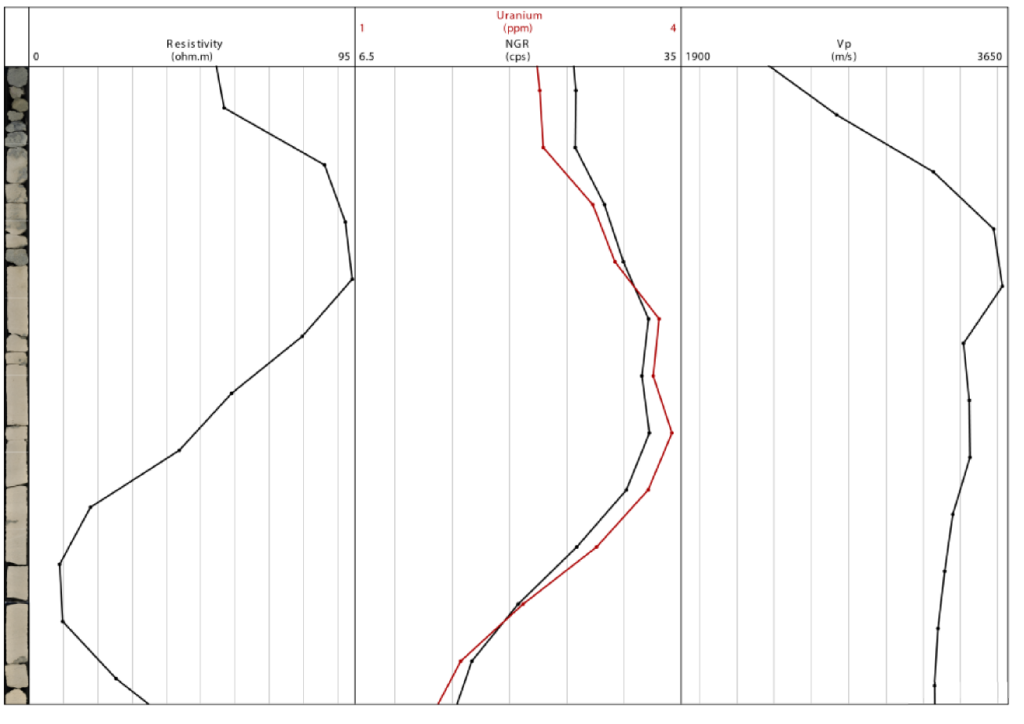
SQU – Sultan Qaboos University 
“Two of my B.Sc (Earth Science) Final Year Project (FYP) students used EasyCore for core logging and description. The cores were supplied by the PDO and were described by the students as part of their thesis project. The students found EasyCore very useful and flexible to describe and plot the core features. It saved them lot of time in plotting and that is why they preferred it over other plotting software. I hope other students for their projects will also use this software.Their work was well appreciated by the thesis examiners.”
Iftikhar Ahmed, Associate Professor, Dept. of Earth Sciences, Sedimentology/ Stratigraphy
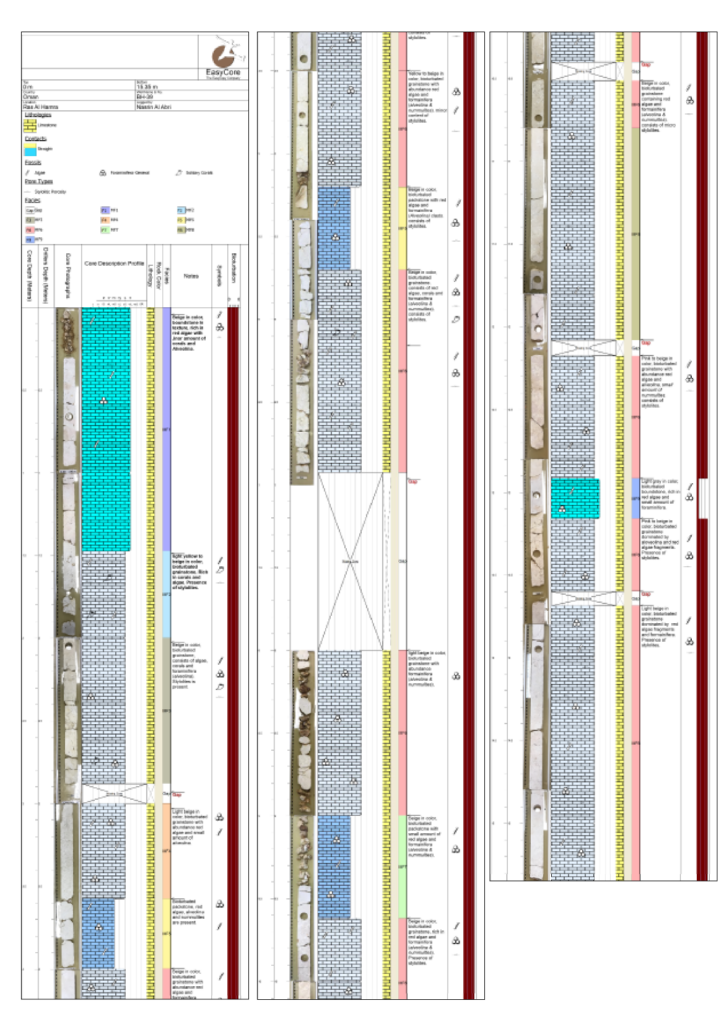
USM – University of Southern Mississippi
” The University of Southern Mississippi’s Coastal Evolution and Hazards Lab, led by Dr. Davin Wallace, is working in cooperation with the Bureau of Ocean Energy Management to advance our understanding of geological history of the Northern Gulf of Mexico during the Holocene. During the summer of 2019, 45 geologic cores were taken on the mid-shelf off the coast of Mississippi. Researchers have used EasyCore to describe all the cores taken in the study area. These core descriptions help researchers visualize the geologic framework of the area. Understanding the early Holocene history of the area is important because it helps us understand the response of coastal systems, such as barrier islands, the coastline, beaches, and wetlands to “higher” rates of sea level rise. The rates of sea level rise during this portion of the Holocene were rapid or episodic and similar to conditions being experienced today or to conditions predicted for the future of the area. Understanding how these systems responded in the past will help researchers to model possible responses of these same systems in the future. The illustation is part of one of the cores that we described showing a promising amount of variation.”
Erin A. Miller, Graduate Assistant/Ph.D. Candidate
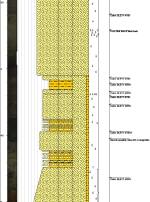
Vrije University Amsterdam 
The effect of sedimentary heterogeneity on the CCS potential of the Volpriehausen Formation in the Dutch North Sea
” I have finished my Research project. As already discussed, al my results were made using both EasyCore and EasyCopy. Therefore, maybe you will find it interesting to see the final project.
I really liked working with both programs and learned a lot from it. I found it very user-friendly. The included guide was very helpful and therefor I did not need any extra support. Thank you for all the (extended) licenses that made it possible to work from home and in my own time and hopefully the VU will use the software in more student programs!.”
Marion KROON, VU Amsterdam.
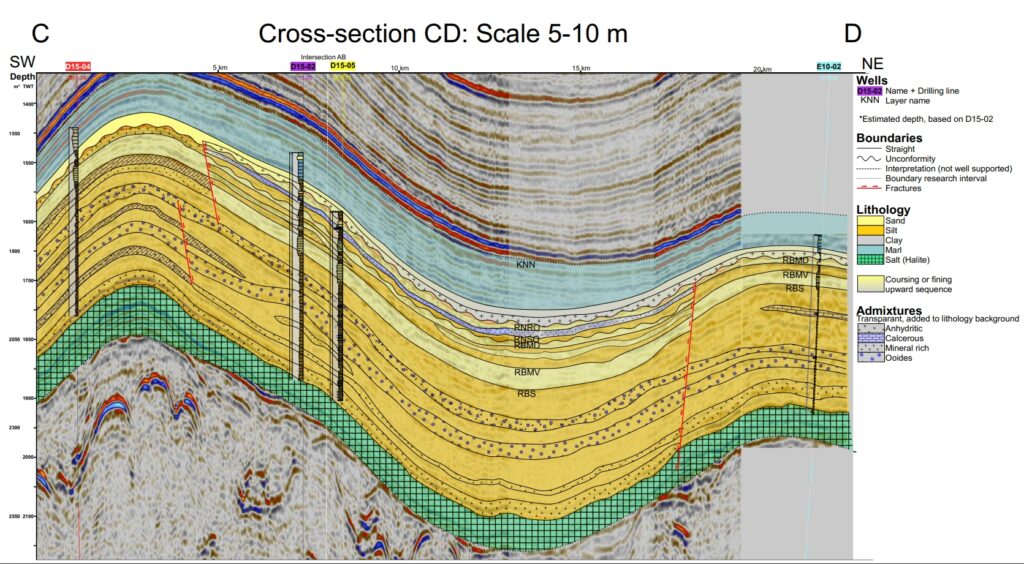
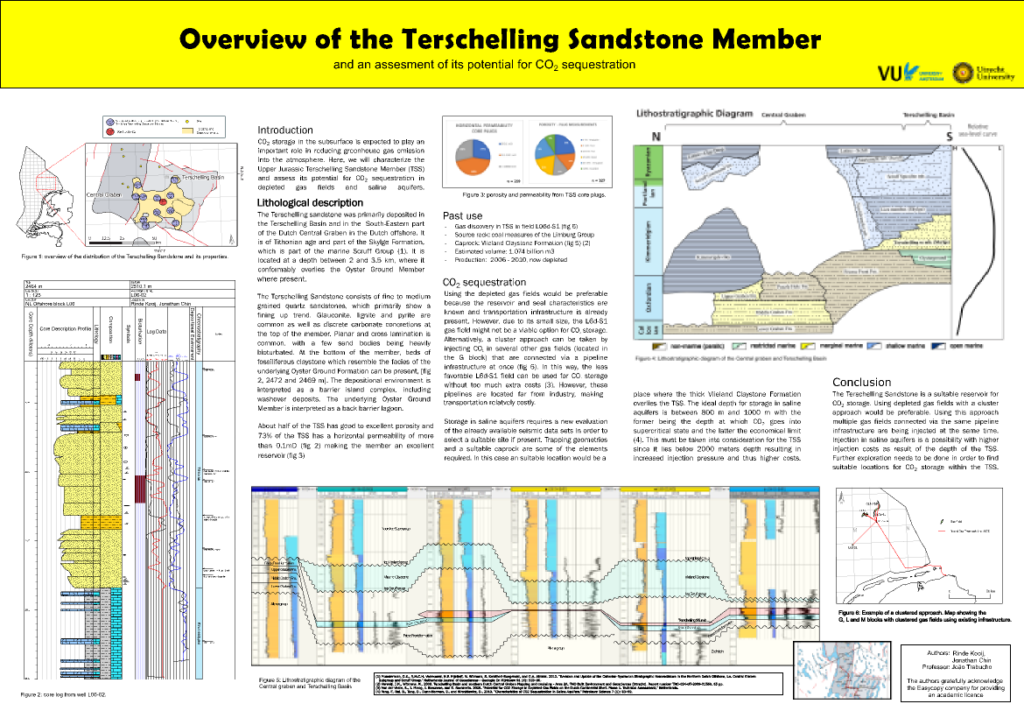
EasyCore for the joint project WASA-wadden sea archive
“It is crucial for all working groups to visualize
- lithological description
- Facies description
- Specifics
- Sampling positions of all working groups
- Chronostratigraphy
Layers of crucial meaning within the scope of the project EasyCore proves to be an ideal tool for these purposes.” Dr. Friederike Bungenstock
EasyCore Status Report 092020
EasyCore Status Report 072022-WASA
EasyCore Status Report 012023-WASA
Capperucci et al 2022-core catalogue.pdf
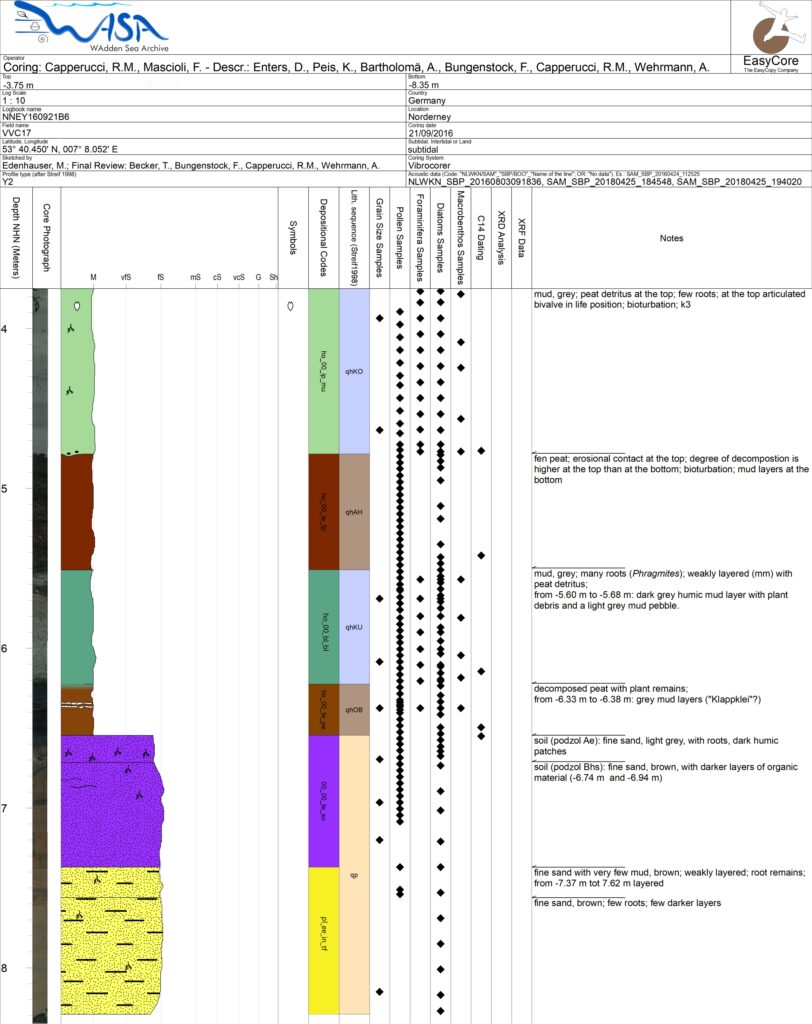
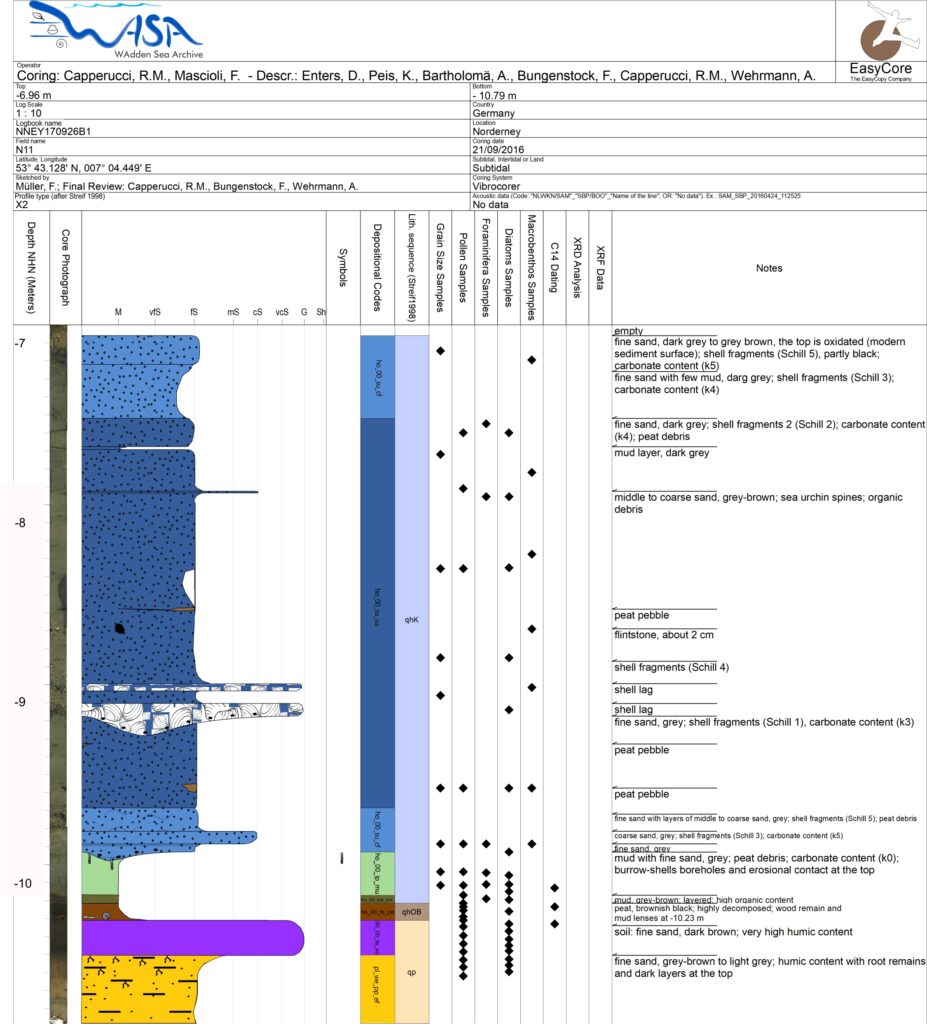
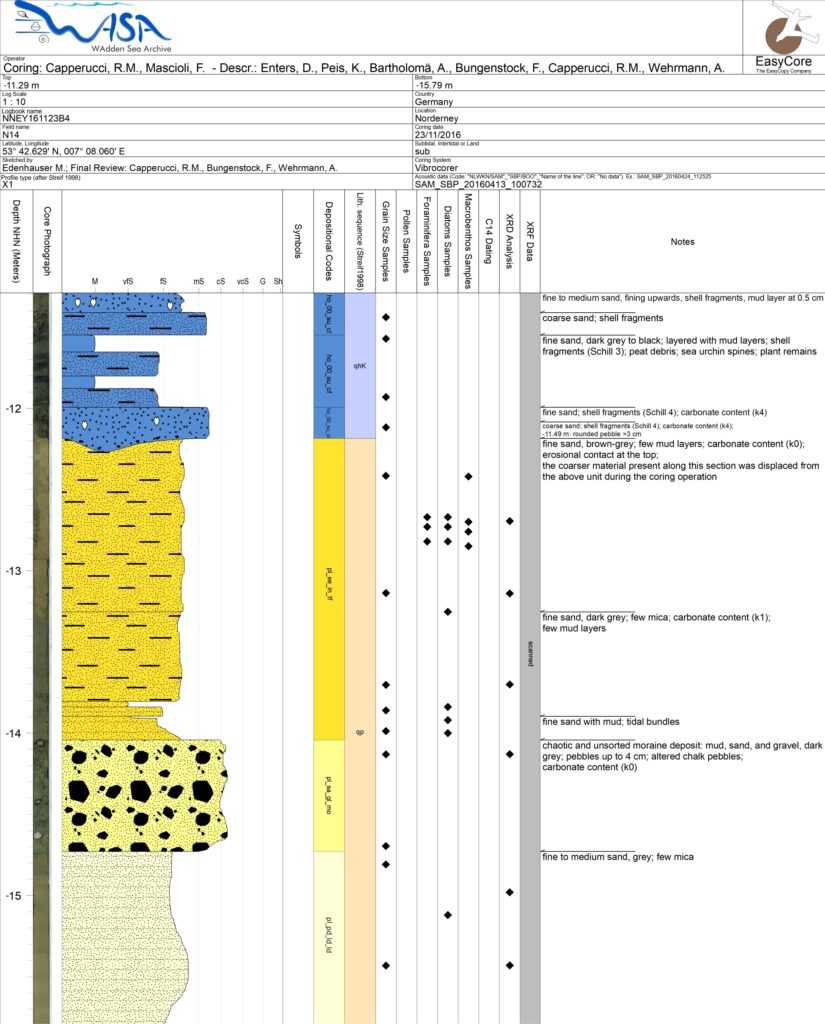
Western Cape University
“Currently my research project revolves around Reservoir characterization. I have found EasyCore the most user friendly and efficient program to use in terms of presenting the cores descriptions, matching the core log to the gamma ray log, facies analysis, inserting lithology colors etc.”
Nehemiah Dominick, PhD student 2021
Scientific Report: Provenance and depositional environments of early cretaceous sediments in the Bredasdorp Sub-basin, offshore South Africa: An integrated approach
“Ever since I started my MSc project I have tried to find sedimentological core description software that are easy to use and are visually appealing as well. I love what I do and I like to express my research in the most exciting and aesthetic way that is not dull to look at for anyone who reads it. I came across EasyCore digital core description software trial version where I found the layout to be very user friendly and familiarized myself with the basic software controls in a very short amount of time. I have successfully logged over 300m of continuous core from different wells for this project at a 1=10cm scale using the EasyCore and EasyCopy software packages. I think all students or industry professionals should be able to do their sedimentary logs without worrying about the difficulties that comes with creating, editing and modifying their sedimentary and geophysical logs. What I found to be truly amazing is the fact that the user interface and the ability to modify your logs, whether with adding your own symbols or fixing a curve on your grain-size trend to fit your exact description, were quite ‘easy’. I would recommend any student, academic or industry professional to use this software. This software really lives up to their name with easily producing high-resolution outputs in a short period of time (not geological periods ;-)).’”
Mogammad Hendricks
Zhejiang University
“I am pleased to tell you that we have a paper published in an international journal in which we acknowledged the sponsorship of Easycopy. I think it is a good advertisement of your product that has a close link with academia.”




